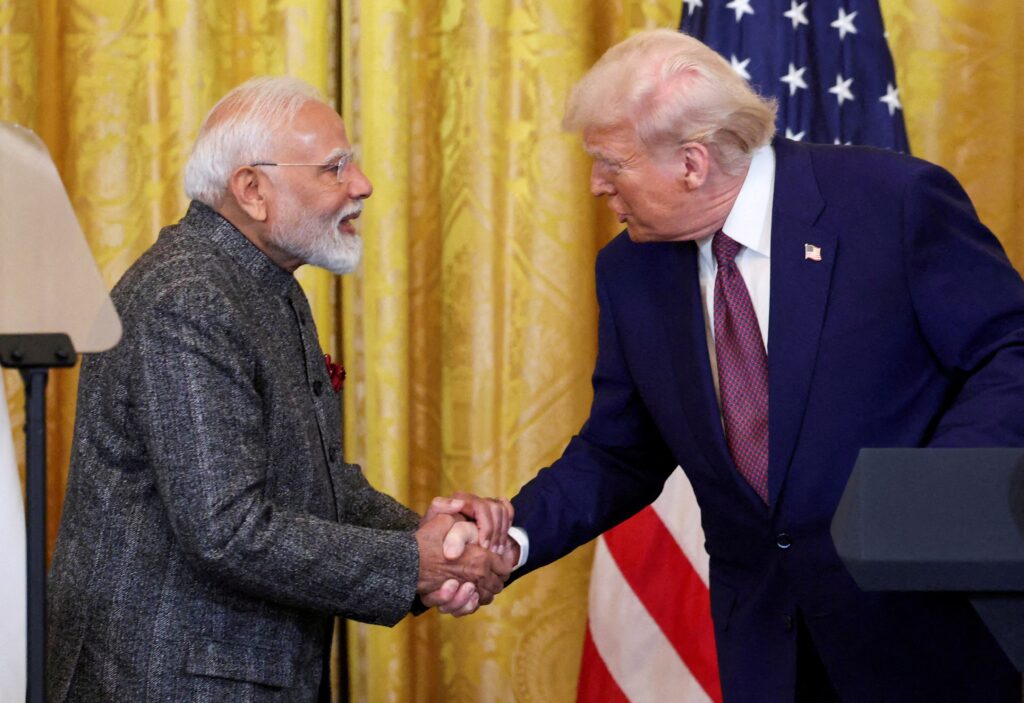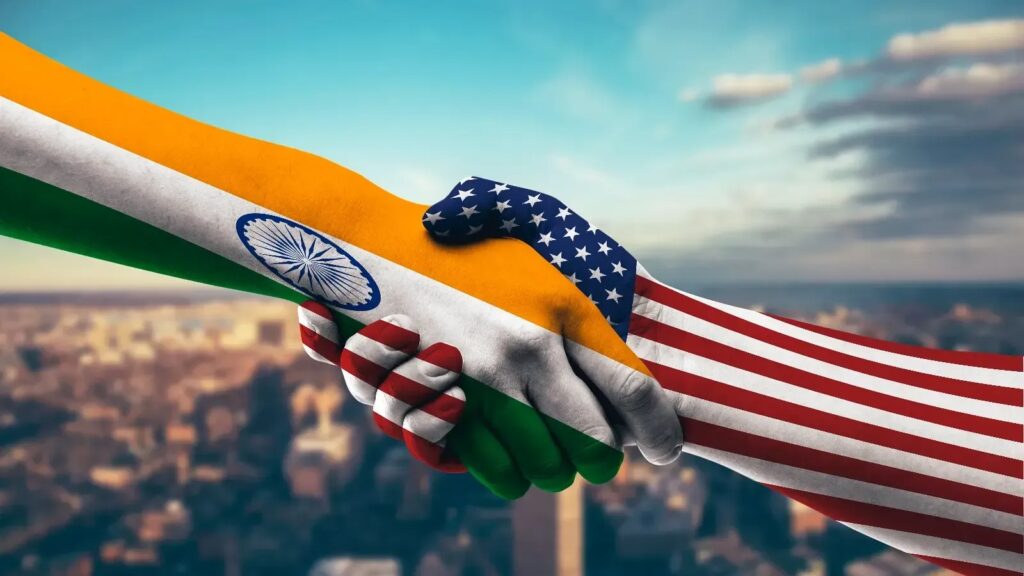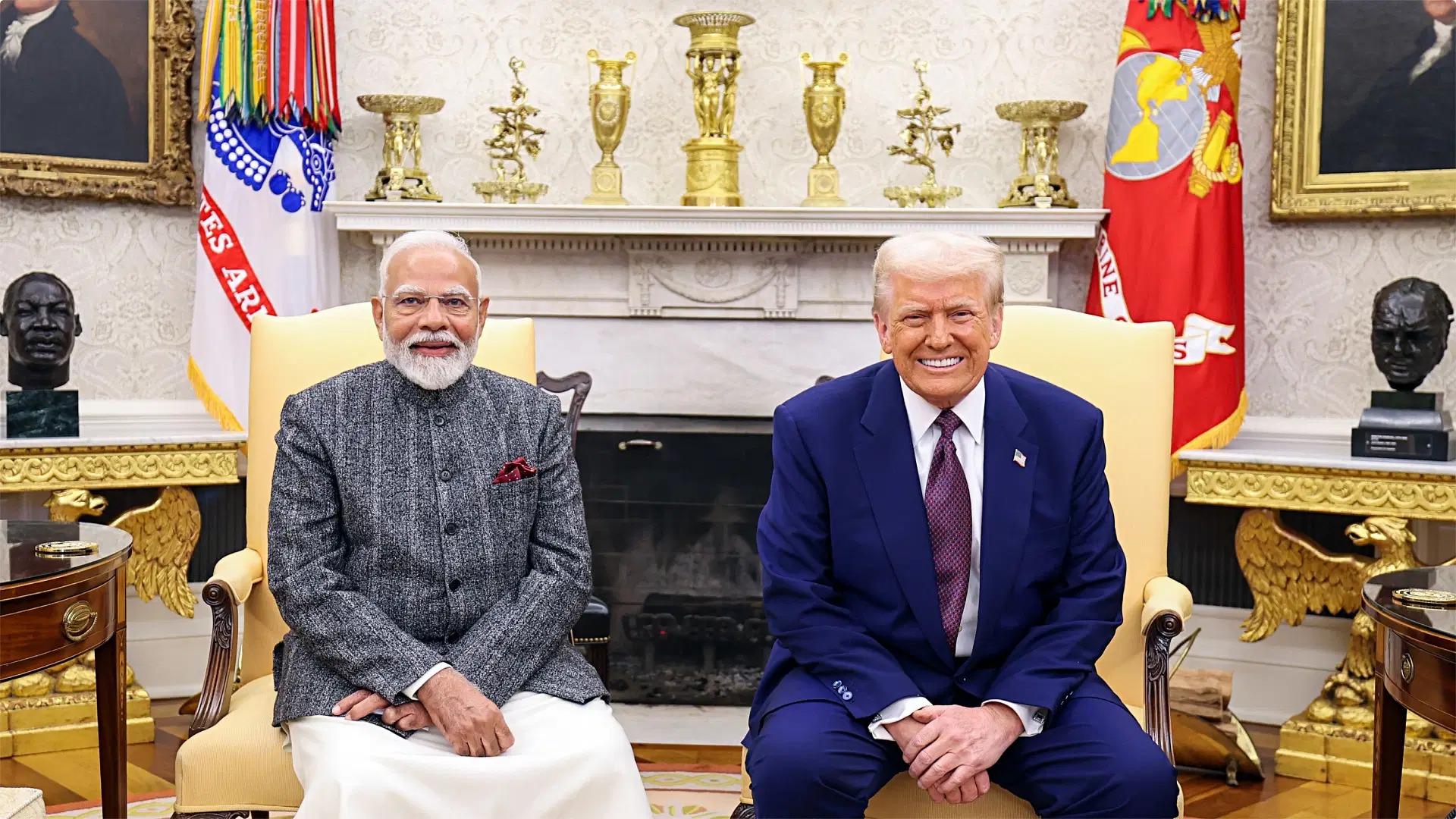
Time’s Running Out – Can India and the US Close the Deal?
A while back, former President Donald Trump called the upcoming India-US trade deal “big, good, beautiful.” It was supposed to be a game-changer — opening markets, cutting tariffs, and taking bilateral trade to the next level.
But now, with the July 9 deadline fast approaching, that dream deal appears to be stuck in last-minute negotiations, with several major roadblocks still unresolved.
Negotiators are still talking, and the mood remains cautiously optimistic. But if progress isn’t made fast, this deal could slip away — or shrink into a much smaller “mini-deal.”
What Was This Deal Supposed to Do?
The goal of the trade agreement was to:
- Lower tariffs on selected goods
- Improve U.S. market access to India
- Resolve long-standing trade tensions
- Boost cooperation in sectors like auto parts, agriculture, steel, and digital products
In public statements, both sides remained upbeat.
- White House Press Secretary Karoline Leavitt recently said the deal is “very close.”
- India’s Finance Minister Nirmala Sitharaman also said Delhi would welcome a “big, beautiful” agreement.
But behind the scenes, real progress is slow, and some issues may be too sensitive to resolve quickly.
What’s Holding the Deal Back?
1. Agriculture Access – The Most Sensitive Issue
This is the biggest sticking point.
The U.S. wants greater access to India’s agriculture market — especially for products like corn, wheat, soybeans, and dairy. American exporters see India’s huge consumer base as a massive opportunity.
But India has made it clear: that’s off the table — at least for now.
Why? Because agriculture is politically and economically sensitive in India.
- Food security is a top concern .India-US trade deal
- Over 100 million small-scale farmers rely on current protections.
- With elections coming up in many Indian states, no government wants to risk upsetting rural voters.
“India must protect its agriculture sector — both for economic and political reasons.”
— Richard Rossow, Center for Strategic and International Studies (CSIS)
The U.S. push to sell corn, for example, has met firm resistance. India doesn’t want to replace domestic crops with imported ones.

Industrial Tariffs and Auto Parts
The U.S. is also pressing India to reduce import duties on:
- Auto components
- Industrial machinery
- Some tech products
India, on the other hand, wants the U.S. to roll back tariffs on steel and aluminum — penalties originally imposed under Section 232 India-US trade deal
Neither side has budged so far. And with time running out, this could be another issue that gets postponed.
Quality Control Orders (QCOs) – A Hidden Trade Barrier?
India has introduced more than 700 “Quality Control Orders” (QCOs) in recent years. These regulations are meant to:
- Block low-quality foreign goods
- Support India’s “Atmanirbhar Bharat” (Self-Reliant India) manufacturing policy
But U.S. officials say these rules are unpredictable, burdensome, and protectionist. They claim QCOs are being used to keep out U.S. imports, especially in electronics, toys, chemicals, and even some industrial materials.
“These QCOs are not just quality measures — they’re a disguised trade barrier India-US trade deal .
— Suman Berry, Senior Advisor, NITI Aayog (India’s policy think tank)
This is one of the hardest issues to address quickly, because it involves deep policy differences, not just tariffs.
What’s the Current Status?
Indian trade negotiators have extended their stay in Washington, D.C., for more face-to-face talks. That’s a sign both sides are still committed to reaching some kind of deal before July 9 India-US trade deal
But the clock is ticking.
Former Indian trade official Ajay Srivastava, who now leads the think tank GTRI, told the BBC:
“The next 7 days will determine whether India and the U.S. settle for a limited ‘mini-deal’ or walk away from the table — at least for now.”
What Are the Possible Outcomes?
| Scenario | Description | Likelihood |
|---|---|---|
| ✅ Mini Deal | Agreement on a few easy issues (like almonds, auto parts, medical devices); delays big topics. | Moderate |
| ❌ Full Trade Deal | Full agreement including agriculture, QCOs, tariffs, and digital trade. | Unlikely |
| ⚠️ No Deal | Talks break down. U.S. reimposes 26% retaliatory tariffs on Indian exports. | Rising |
Why This Deal Matters (For Both Sides)
- For the U.S., India is a fast-growing economy with a massive consumer base — and an important partner in countering China’s influence in Asia.
- For India, stronger U.S. trade ties bring tech, investment, and global leverage.
But unless both sides show some flexibility, the current deal may fall short of expectations India-US trade deal
More Updates – Smartbuzzusa.com







One Comment